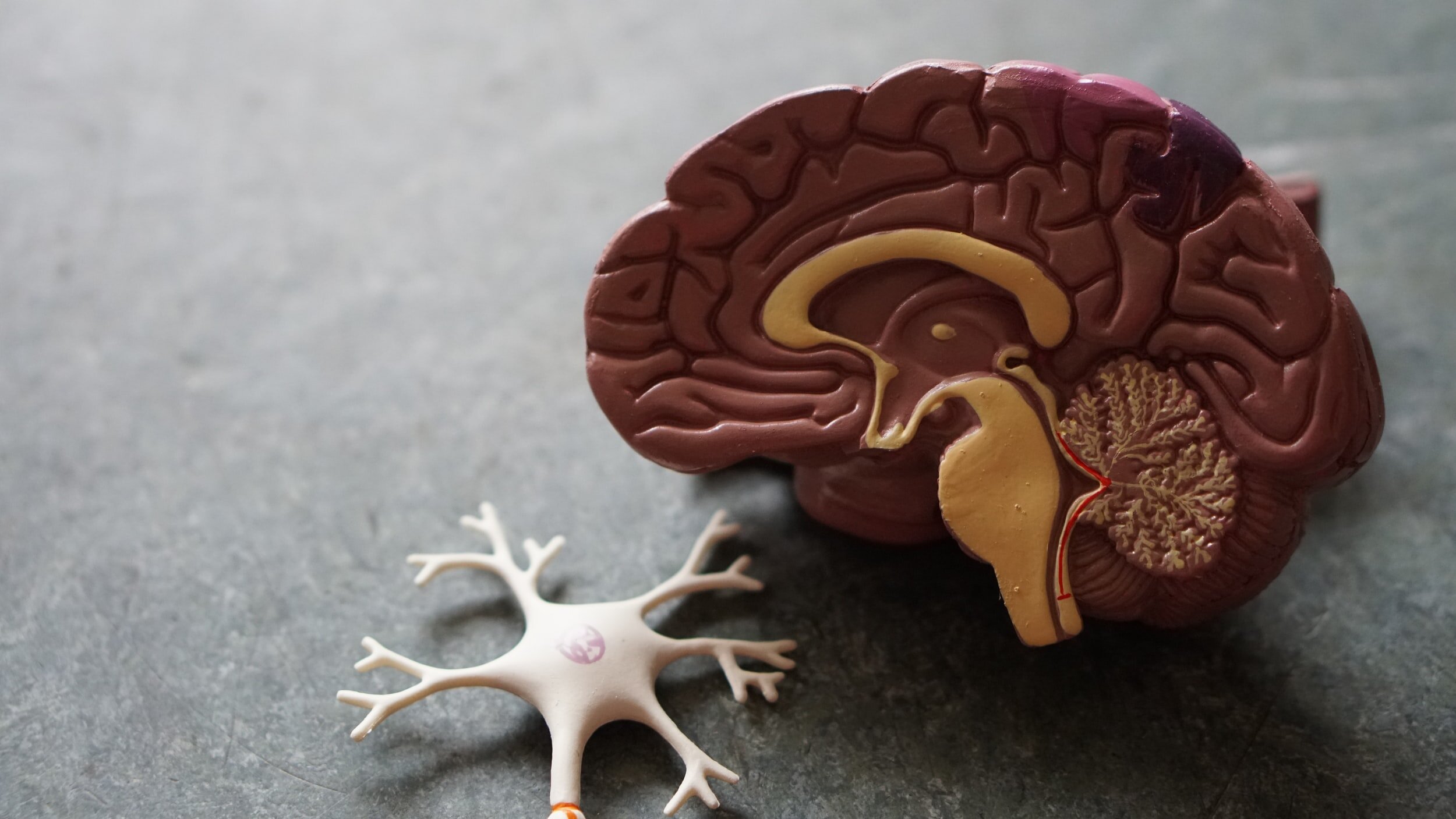What Does it Mean to Be Face Blind?
This is a topic that is near and dear to my heart, because I am face blind. I’m fortunate that it hasn’t really affected my life in any significant way (other than not infrequent, mildly embarrassing moments), but I think it’s very interesting and you might find it interesting too!
Would you be able to recognize the tree out your window if you encountered it somewhere else? (Isn’t that a weird question?) Have you ever noticed that you can recognize human faces a lot more easily than, say, dog faces? Or trees? It’s pretty easy to tell one human from the next, but why can’t you tell one tree from the next, even across species?
A lot of that has to do with what humans have needed to survive in the last few hundred thousand years. As humans developed social behaviors, which allowed us to thrive in ways we never had before, we found it beneficial to recognize others within our social groups quickly, and without thinking too much about it.
Human brains have a region called the fusiform gyrus, which helps us recognize things quickly and easily. It creates a sort of shortcut in the recognition process. Think about it like reading. As an adult, you look at many of these words and recognize them right away, without considering the individual letters and sounding them out. At some point in your life, you needed to do that, but after years and years of practicing, you don’t. Unless it’s an unfamiliar word like fusiform, in which case, you’ll probably sound it out letter by letter or syllable by syllable, but you don’t have to spend very long thinking about how “f” looks and sounds.
Luckily, our fusiform gyrus helps us recognize the word “human” without sounding it out and also helps us recognize our best friend without thinking about the shape of their nose, forehead, and eyes, and the spacing between these features. For most people, that is.
And when recognizing inanimate objects like trees and cars, we use a less sensitive recognition system in a different part of our brain, which is why we don’t recognize individual trees or cars or flowers.
Prosopagnosia, or face blindness, is an inability to recognize faces in more detail than other objects. It was first noticed in people who experiences major brain injuries that severely damaged their fusiform gyrus. Traumatic prosopagnosia can be severe enough that not only can individuals not recognize friends and family members, but can even have difficulty recognizing a person compared to, say, a hat.
Many people with prosopagnosia are able to recognize people using other details, like individual facial features memorized separately, without a quick and instinctive understanding of how the different features fit together on a facial landscape. They (we) can also use hair, skin tone, body type, and gait to recognize people. (Interestingly, connecting to the reading metaphor above, dyslexia has also been connected to an unreformed fusiform gyrus.) It’s just not as effective, in the same way that most people don’t recognize individual cars or trees that well.
On the opposite end of the spectrum are super-recognizers, who have an exceptional ability to recognize people they’ve only met briefly and a long time ago. Cool!
Sources:
https://en.wikipedia.org/wiki/Fusiform_gyrus
https://en.wikipedia.org/wiki/Prosopagnosia
The Amazon links on this page are affiliate links; as an Amazon Associate, I earn a commission on qualifying purchases made through them (at no extra cost to you).

